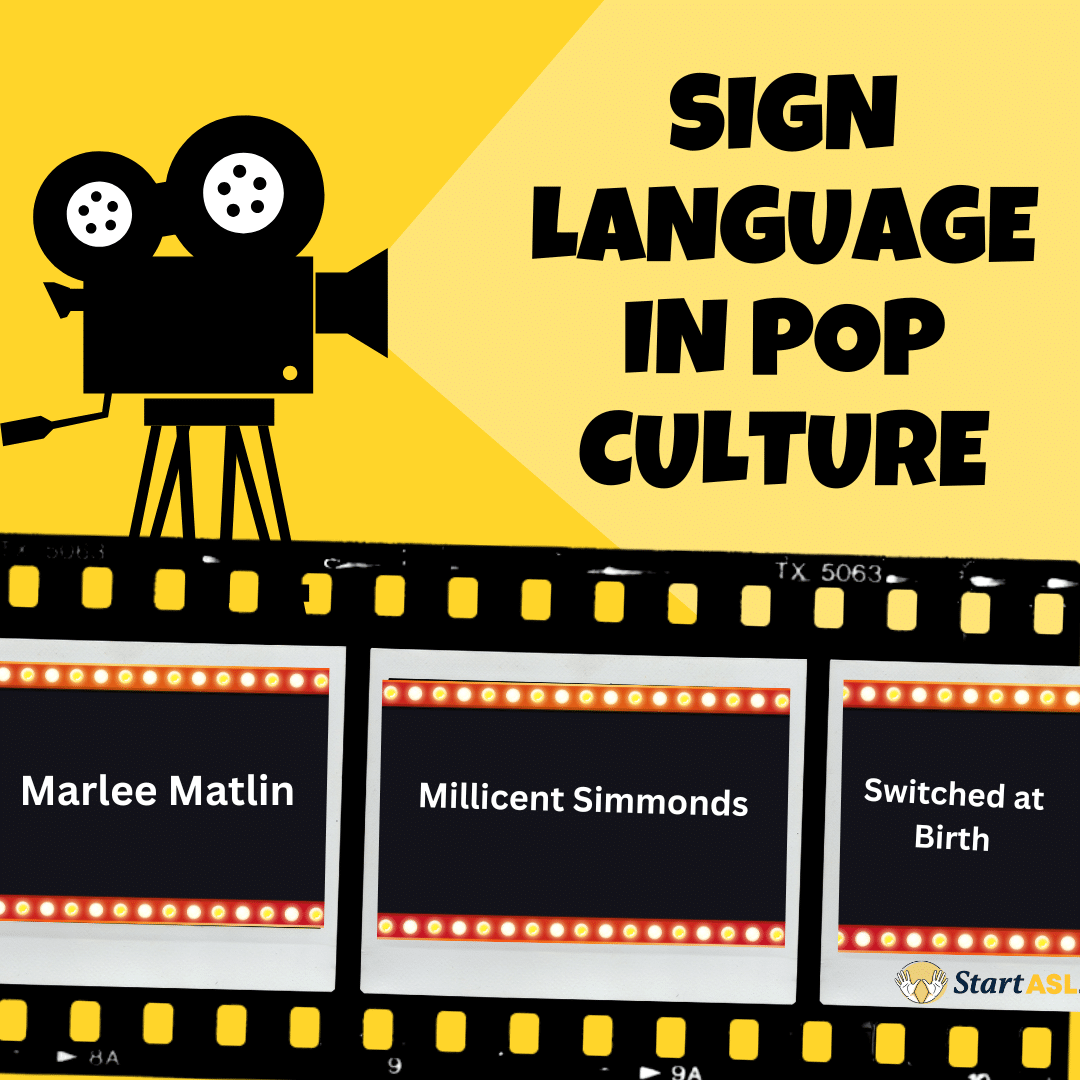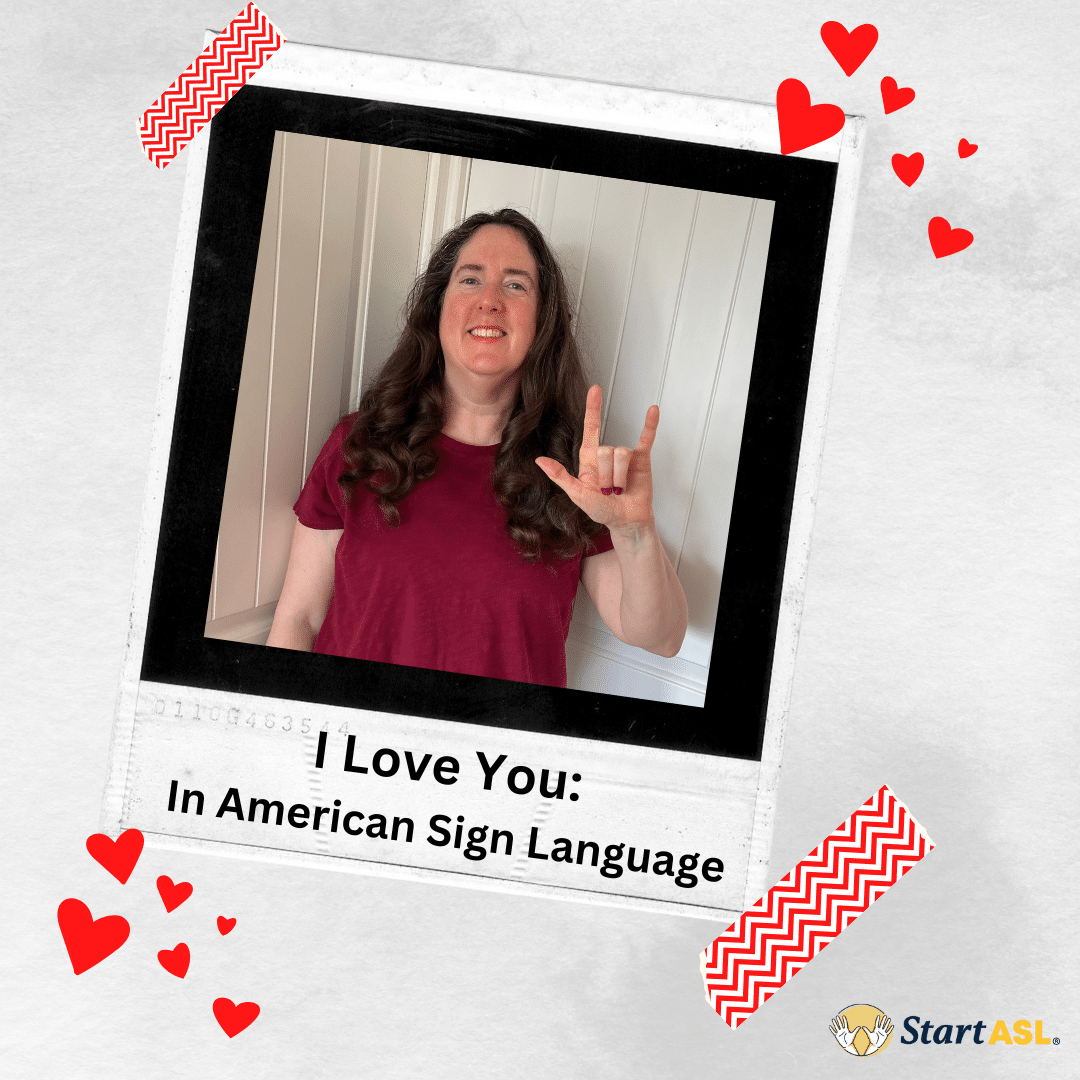
Sign Language Lessons: ASL 3 – Unit 10 Sample
In this unit sample of the free American Sign Language lessons, you will be learning how to interpret songs in ASL.
Interpreting Music
One of the most fun ways to use ASL is in the interpretation of songs. Despite what you may believe, deaf people can experience and enjoy music just as much as hearing people.
It has been found that deaf people feel music through vibrations using the same part of the brain that is used for hearing. When deaf people feel music, the auditory cortex is engaged, and this causes a chemical reaction in the brain that raises dopamine and lowers cortisol levels – the feeling of pleasure.
Dr. Dean Shibata, an assistant professor of radiology at the University of Washington at the time, conducted a study of how deaf students at the university experienced music compared to hearing students. Dr. Shibata scanned the students’ brains while touching intermittent vibrations on their hands.
While both the hearing and deaf students showed brain activity in the area that processes vibrations, only the deaf students showed additional activity in the auditory cortex – the part of the brain that processes auditory stimulation.
Dr. Shibata presented, “The brain is incredibly adaptable. In someone who is deaf, the young brain takes advantage of valuable real estate in the brain by processing vibrations in the part of the brain that would otherwise be used to process sound.”
These findings help explain how many deaf people enjoy music, how many become musical artists and performers, and why many members of the Deaf community appreciate quality song interpretations.
Interpreting songs into ASL is a great way to practice ASL structure, learn a lot of vocabulary, and retain that vocabulary for a long time.
There are three main ways interpreters choose to interpret music for the deaf and hard of hearing:
Interpreting music using American Sign Language
Interpreting a song using American Sign Language is the preferred way for most Deaf people. This is the way you would turn a song into a visual masterpiece for the Deaf community.
To interpret a song in ASL, you would:
- Thoroughly analyze the song and determine the actual meaning of the lyrics.
- Interpret that message into ASL.
- Use the song as background music as you sign the interpretation. Don’t try to match your signs to the lyrics or the beat of the music. Try to consider the general tempo of the music and use that to choose a good flow for your signing.
Interpreting music using “contact signing” or Pidgin Signed English (PSE)
Interpreting a song using Pidgin Signed English (PSE) mixes the sign systems of ASL and English to produce a signed interpretation in English word order using ASL signs. You would use this method if you want to provide an interpretation of the song that matches the lyrics more closely than an ASL interpretation, but this method does take much of the beauty of ASL out of the interpretation.
To interpret a song in PSE, you would:
- Choose conceptually accurate ASL signs and follow the word order of the lyrics.
- Do not use filler words such as “a, an, the, be, was, were, etc.”
- Try to sign the concept of the message when it is obvious.
Interpreting music using Signed English or SEE
Interpreting a song using Signed English or SEE is done commonly in Deaf Schools or Day Programs to help teach deaf students English. In this type of interpretation, you would sign the song word-for-word. This method is only recommended for those who are learning Signed English or SEE and need to practice their vocabulary or who are interpreting for a deaf person who wants to know the exact lyrics. Most Deaf people do not prefer this method.
Additional tips:
- Make sure that with whichever method you use, that you use facial expressions and use the visual ASL principles when appropriate.
- When there are instrumental-only parts in the song, the best way to interpret that is with dance. Otherwise, you should edit the music to remove any lengthy non-lyrical parts to the song.
- While deaf people can, and many do, enjoy music, keep in mind that music and ASL music interpretation is not accepted by all in the Deaf community. So, if you plan to perform the song in front of people, be prepared for some criticism (especially if you are not interpreting into pure ASL).
Resources:
“Brains of deaf people rewire to ‘hear’ music.” University of Washington. Posted 27 November 2001. https://www.washington.edu/news/2001/11/27/brains-of-deaf-people-rewire-to-hear-music.
Accessed 10 September 2020.
Vicars, William. “The signing of songs in ASL.” Lifeprint. https://www.lifeprint.com/asl101/topics/songs-the-signing-of-songs-in-asl.htm
Interpreting Music Examples
In the video below, our signer will demonstrate the three different types of music interpreting.
Take Our Free ASL 1 Course
This unit is just a sample of our complete course where you can learn American Sign Language quickly and easily. Enroll in our Free ASL 1 Course today!










